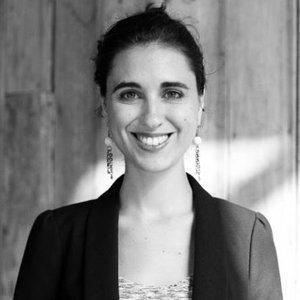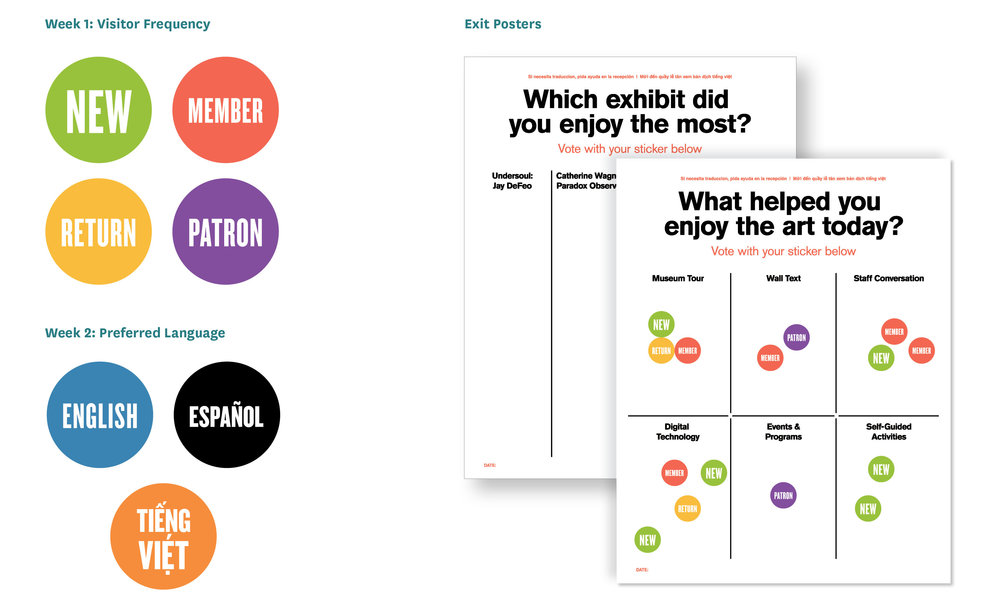News from the larger musetch community.
This month, we’re delighted to feature a guest post by NEW INC‘s Director Stephanie Pereira.

NEW INC is the New Museum’s incubator for people working at the intersection of art, design and technology. We recruit about 100 members each year through an annual open call process, and through our program provide shared workspace, professional development, mentorship, and participation in an exceptional community.
For the past three years, a core part of our program has been our Museum Technology Track, funded by the Knight Foundation. Members in the Museum Technology Track are provided with a fully subsidized, year-long membership at NEW INC where they participate in field-specific workshops and guest lectures, and have access to mentorship and stipends to support research, prototyping and wider participation in the museum technology sector.
During year one of our Museum Tech track, we invited six teams to join the track program. As a group, we engaged in a field study where we traveled to three cities and met with over a dozen institutions to learn about how the museum sector uses technology. Through our travels, we met with museum leadership, educators, exhibition directors, IT staffers, and development and marketing teams to learn about both the successes and challenges of employing technology in a museum setting.

Our key insights from this initial research period revealed quite a bit:
- Feelings about technology are mixed. Many museum professionals we met with reported that they’d been burned by an over investment in software or hardware previously, and are often skeptical of tech offerings as a result.
- Technology is not a priority for resource strapped museums, especially when previous investment has not paid off.
- Museums have plenty of content, but don’t know how to serve it up to their audiences in a way that is meaningful. Ironically, many people we met with felt that their inability to engage their audiences was due to a lack of understanding of who their audiences are, and what they expect from a museum…which is an issue that could potentially be solved with technology.
- A depth of understanding on how technology can be used by non-technical museum staff is lacking. And even in the case of staff who are technologically fluent, there is often a gap that inhibits the successful integration of technology with museum mission and goals.
Building on our year one insights, during year two we pivoted the approach of our program so that our six teams would instead focus on partnering with a small or mid-sized museum to research, design and prototype accessible, off-the-shelf technology solutions. Over the course of year two, our teams partnered with 8 museums in 3 cities. We approached each museum partner with two key questions: What are your major barriers for using technology? What are your major barriers for engaging your audiences?

As part of their research, one of our member teams interviewed museum staff from ten different institutions and their findings consistently pointed to this issue around lack of understanding in terms of audience. Additionally, across all our work during year-two, we discovered that “access” is a key concern for museums right now. Their own inquiry questions took ours a step further: How are museums better serving and reaching more diverse audiences? How can they use technology as a tool for scaling their reach?
Using these questions as a baseline for building and testing prototypes, our teams developed six products designed with small museum staff and budget resources in mind. As part of their work, we asked them to develop a case study sharing their process for research, development and testing of their work.
All six case studies are available on our website. Take a look and let us know what you think!
Stephanie Pereira, Director
NEW INC at the New Museum